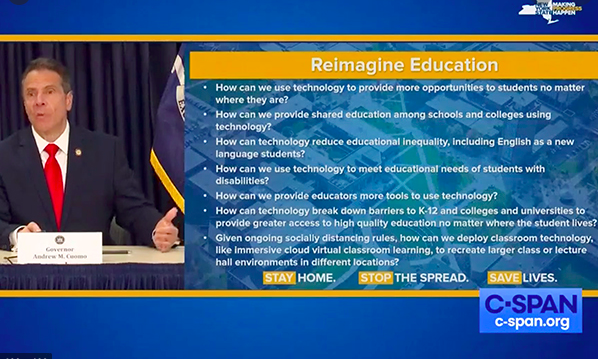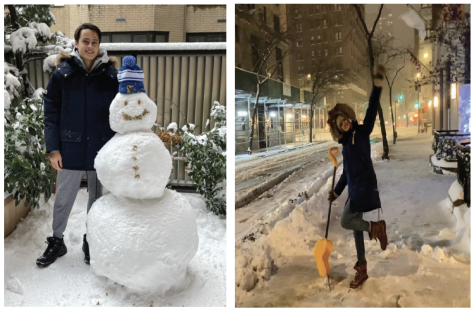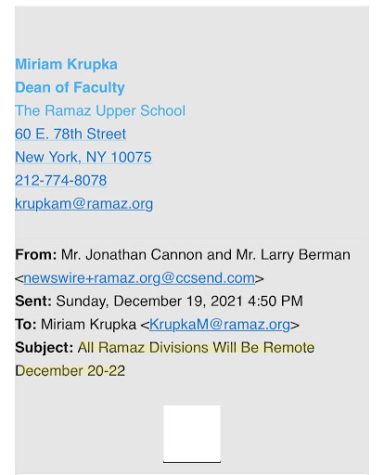The Problem with Reimagining Education Online

In early May, Governor Andrew Cuomo announced a partnership with the Bill and Melinda Gates Foundation to “reimagine” education and virtual schooling. The goal of this collaboration is to view the future of education through the lens of technology. “The old model of, everybody goes and sits in a classroom, and the teacher is in front of that classroom, and teaches that class, and you do that all across the city, all across the state, all these buildings, all these physical classrooms—why, with all the technology you have?” asked Cuomo. He explicitly connected this point to the pandemic that currently envelops all of our lives. “Let’s take this experience and really learn how we can do differently and better with our education system in terms of technology and virtual education.” Cuomo explained specific areas of virtual education that need addressing, such as “meet[ing] the needs of students with disabilities,” and using the “cloud virtual” to enable schools to teach large classes of students.
Though this revamp of the New York Education System has been long overdue, Governor Cuomo is ignoring the importance of physical structures in education. Speaking from my own experience throughout this pandemic, it has been quite challenging to cope with remote learning. Similar to physical workplaces being associated with productivity and fulfilling tasks, school buildings have vital associative properties. The minute I enter the doors of Ramaz in the morning, I am surrounded by goal-oriented students who are all there for the same reason I am: to learn. The coronavirus has removed the daily rhythm of my school day, which has obvious repercussions. For me, home is associated with rest and relaxation. Before the pandemic, I was rarely home due to my hectic schedule. Acclimating to my new learning environment has been difficult, and at times, almost impossible. The toxicity of excessive screen time has been known for a long time now. Younger generations have been criticized for their attachment— borderline addiction—to technology; I find it amusing that technology is now praiseworthy due to its convenience. All previous grievances about us overusing our devices are now being ignored by those who used to villainize them.
Furthermore, Cuomo’s motivation for teachers to teach large classes through the “cloud virtual” is placing efficiency over impact. Many students, including myself, require individual attention from their teachers to lead them through their courses. Developing a connection with a teacher can be significant in a student’s educational experience. Ramaz’s small class sizes have allowed me to make these connections, and have made me a far more productive and motivated student. I fear for students who will miss out on this privilege with larger class sizes.
Now, what should Governor Cuomo truly be focusing on reconstructing within the New York Education System? The racial and economic segregation that is displayed within public schools is an excellent place to start. We must continue to reform the discrepancies in funding within districts; the stark contrast between public schools in Park Slope and the South Bronx is inexcusable. Many minorities cling to the public school system for a path to a better life and are being let down by schools that are struggling with the neighborhood’s poverty and isolation. Also, Governor Cuomo should look into ensuring our educators earn a livable salary for their work expanding the minds of the younger generations. I applaud Governor Cuomo’s desire to utilize remote learning to promote technological and educational progress. However, the New York education system will never be able to grow without first resolving the underlying issues with the foundation of this system. I hope we all will soon be able to return to physical learning and thrive in the unique, productive environment we have created at Ramaz Upper School.








